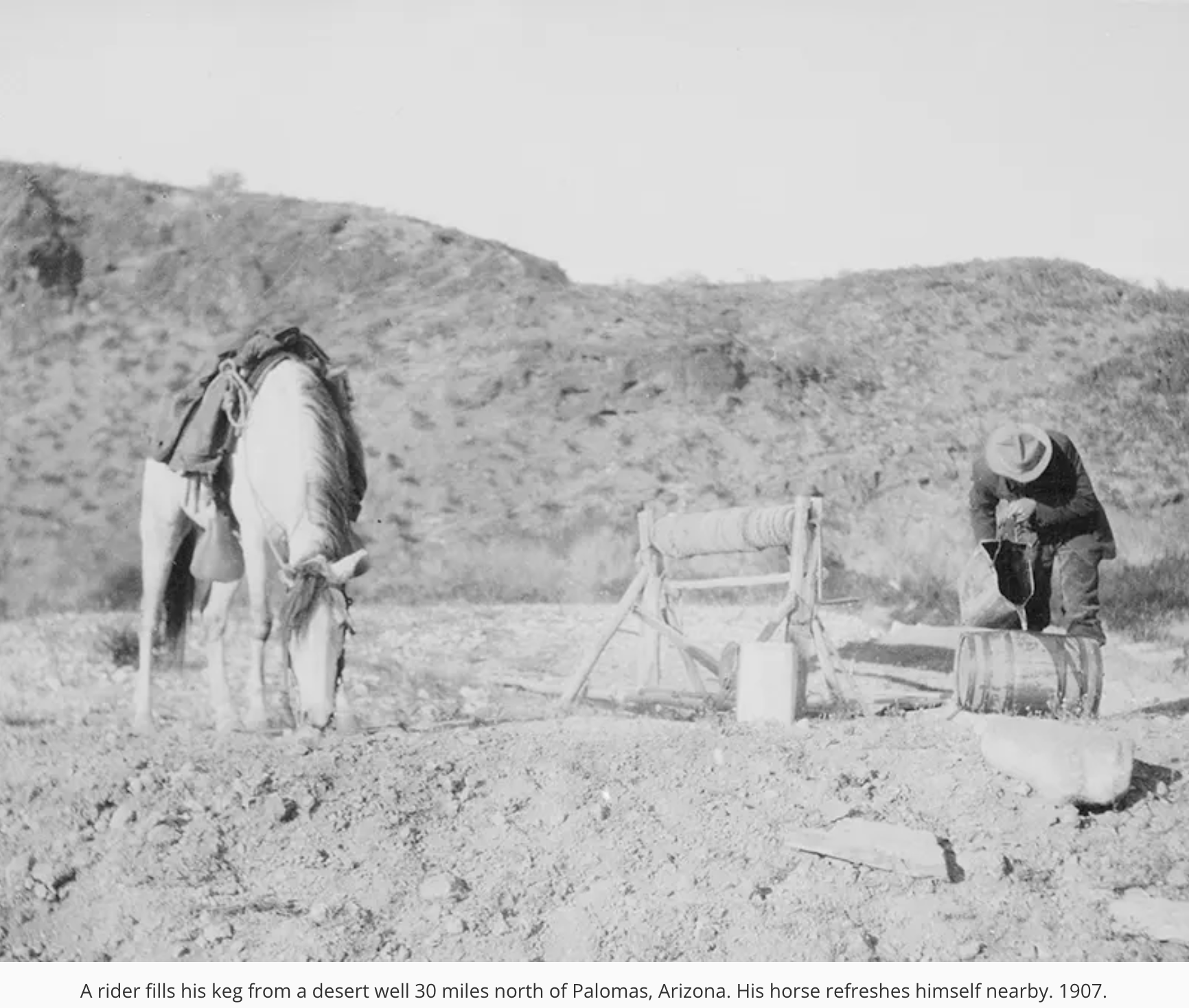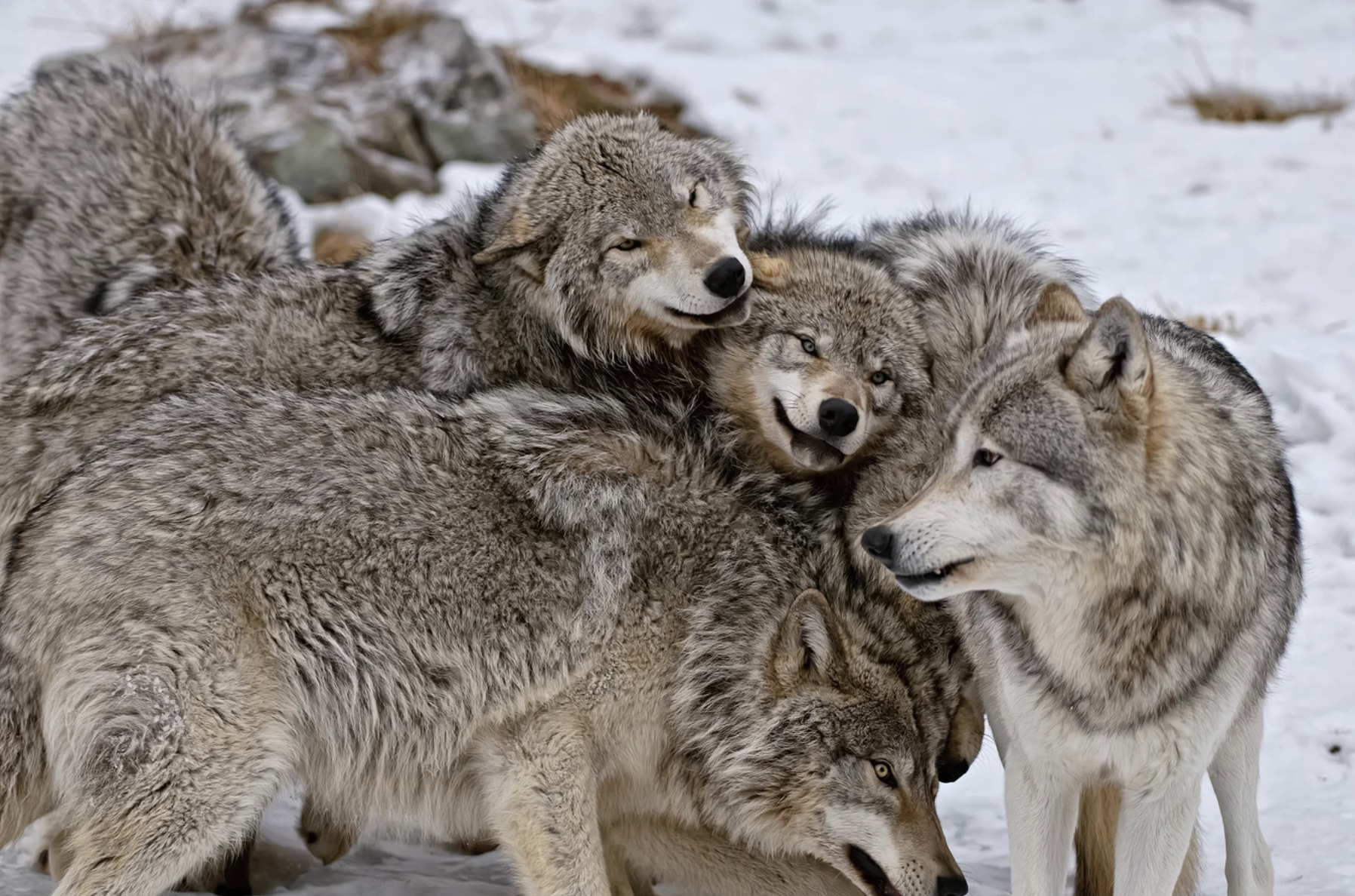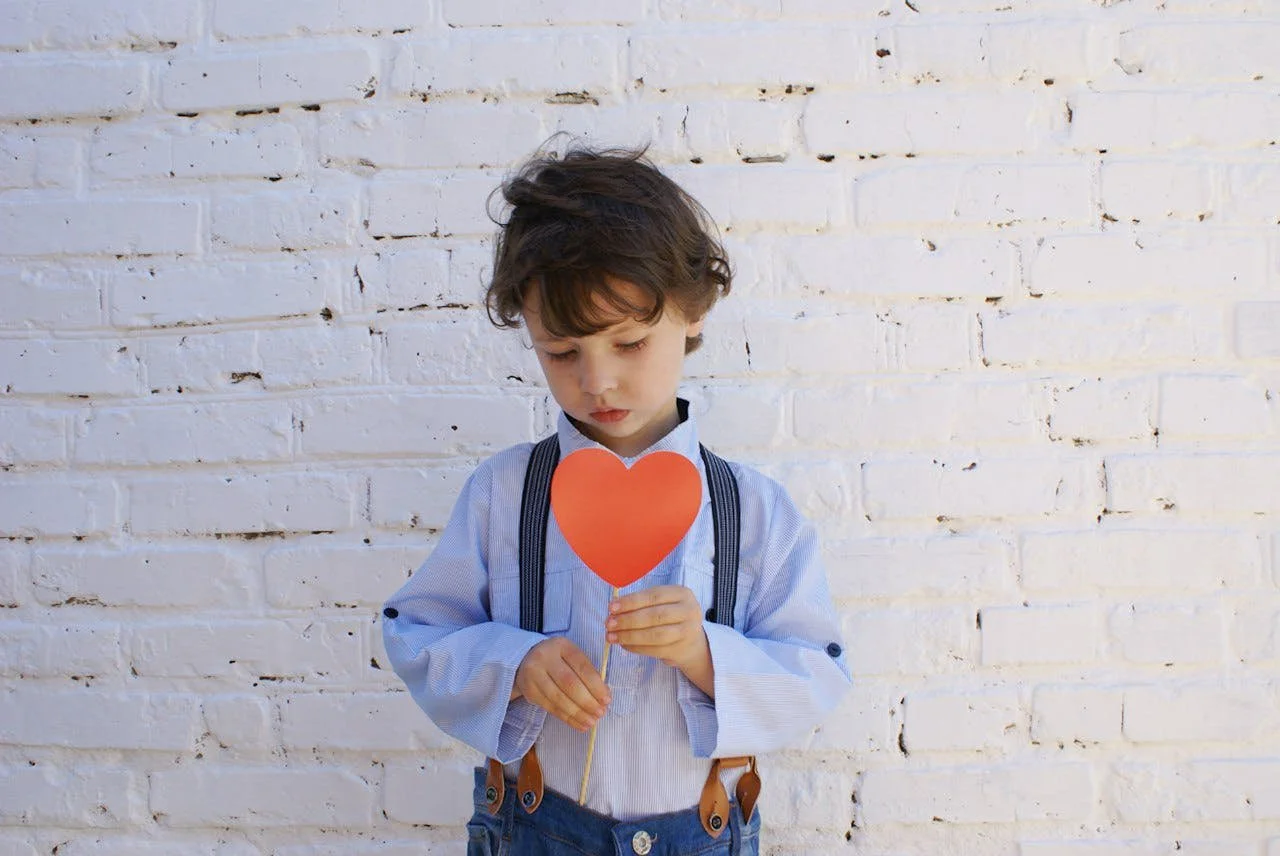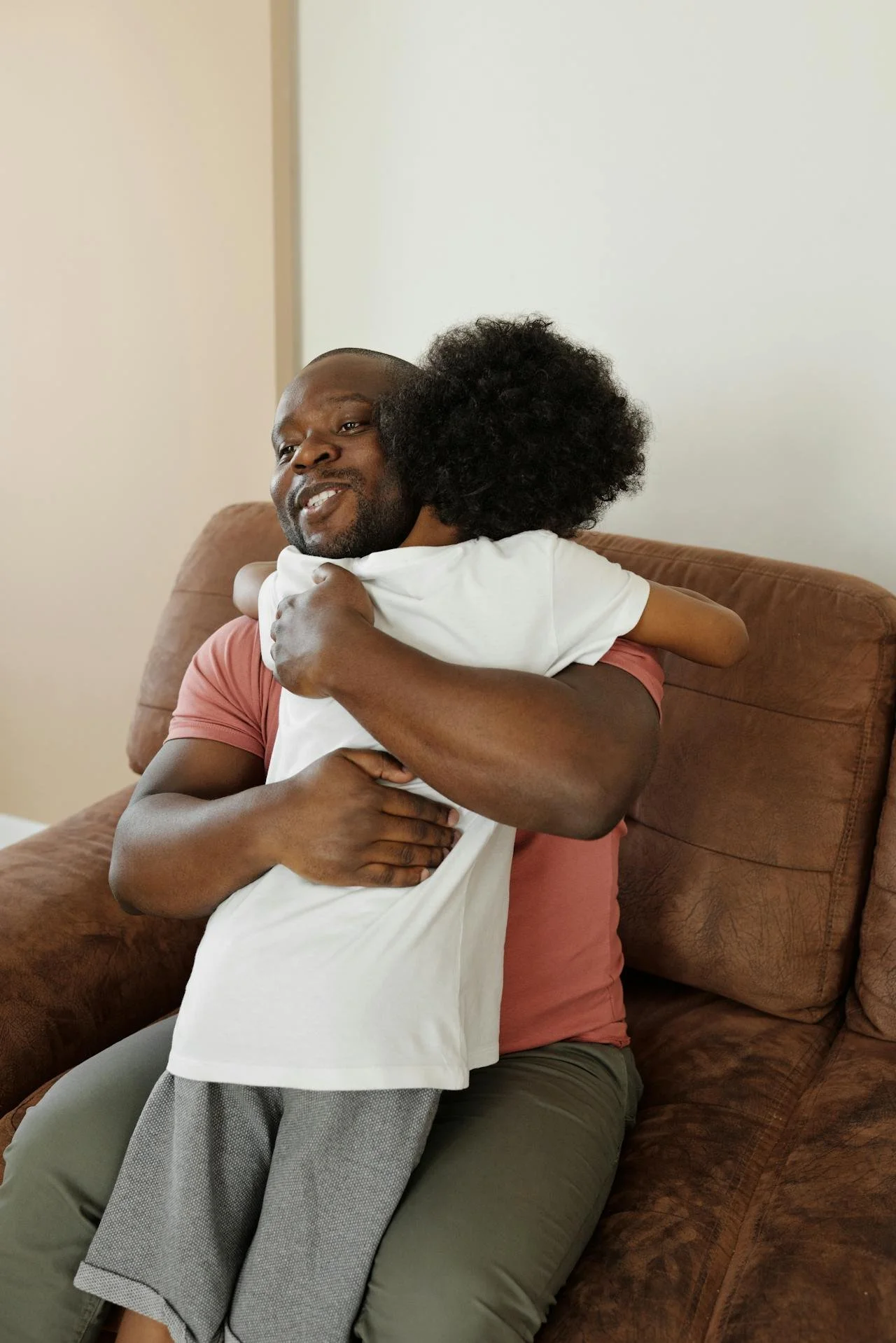The Myth of the Lone Wolf: A Men’s Guide to Healing Avoidant Attachment
The idea of a “lone wolf” was popularized in Western culture as a symbol of rugged individualism, toughness, and stoic masculinity. It’s tied to the romanticized idea of a man who “needs no one” and is stronger for it. But biologically and psychologically, isolation makes us weaker.
This blog has:
reasons it’s particularly difficult for men to heal avoidant attachment
a step-by-step guide on how to heal
recommended men to follow, books to read, and other resources
Humans, like wolves, are wired for connection. Neuroscience shows that safety, regulation, and healing happen in relationships, not isolation. Men who embrace the “lone wolf” identity often suppress needs for closeness, which reinforces avoidant attachment patterns. This creates a cycle: distance → loneliness → deeper belief they must go it alone. Read more about how wolves thrive in packs, not isolation, in this Scientific American piece here.
The “lone wolf” archetype is closely linked in my mind with that of the “lone cowboy” on the rugged frontier. Maybe his horse is his only friend. He doesn’t need anyone and proves how “manly” he is by tackling every task and challenge on his own.
The problem with this mindset is that it’s just a wounded child’s adaptive coping strategy. Anything good that we have as a society comes from working together and pooling collective knowledge. The podcast Pitchfork Economics, which I started listening to in 2021, helped me see that the complexity of knowledge is the true global domestic product (GDP). This podcast introduced me to thinkers such as César Hidalgo, who wrote Why Information Grows: The Evolution of Order, From Atoms to Economies.
“As cities began to trade with one another and governments began to impose their rule over larger areas, the use of standards grew. The coevolution of standards and markets is easy to understand, since anyone buying a bushel of corn from a vendor in another town would want that bushel to mean the same in both towns. So the possibility of trade created an incentive for standardization, and helped the expansion of the governments that were keen on the use of standards.”
Any item or piece of technology, from a woven garment to a copper gold-mining pan, is the result of millions of years of intra-species collaboration and knowledge sharing. Furthermore, there has never been a time on Earth in which there was just one, lone human, away from the other humans. Even our ideas of “the lone genius” such as Einstein, sitting in his room coming up with groundbreaking ideas, has been debunked now that feminism has advanced far enough that we can rightly state the obvious: every lone man had a woman, a wife or a mother, to care for and look after him, at the very least. The most famous historical lone wolf, Henry David Thoreau, had his mother bring him food to his romanticized cabin on Walden Pond.
Anthropological, historical, and sociological studies always conclude that men don’t just only need other men, they need women. Steven Pinker explained in The Better Angels of Our Nature: Why Violence Has Declined:
“Since violence is largely a male pastime, cultures that empower women tend to move away from the glorification of violence and are less likely to breed dangerous subcultures of rootless young men.”
He explains at length that the rugged Wild West, with its shootouts, duels, and lawlessness, was created, in large part, due to the lack of women as a stabilizing force of peace. Any time throughout history in which there have been societies of men without women, violence increases dramatically.
Wolves, like humans, need their packs. The lead wolf is the one who looks out for the others and is typically the most, not the least caring and connected. The myth of the lone wolf as an act of manly bravery has to die.
And yet, the myth persists. Despite unprecedented access to information and research, while travel dating the past 2 years in my Romance by Rail project, in which I’ve been traveling around Europe and Türkiye, dating and writing about it, I keep matching with and going on dates with man after man who feels he doesn’t need others, doesn’t need to feel his feelings, and is doing just fine, usually despite chronic feelings of loneliness, listlessness, and often a good smattering of fantasizing about dying. These men may encounter trouble sleeping, migraines, digestive issues, chronic numbing out, porn or scrolling addiction, workaholism, and interpersonal issues at work.
This makes sense if you think about it for more than 3 seconds! Men with secure attachment will partner with someone quickly, leaving the dating apps and dating pool. Bumble, Tinder, Hinge, Raya, and The League, are therefore, filled mostly with those of us who have struggled to commit to one person (I’m one too! See my avoidant attachment story below under “Resources”). Many avoidants do find themselves in long-term committed relationships, and this guide is also for y’all.
Why do men, in particular, have such a challenging path in navigating from insecure to secure attachment? We can view the “lone wolf” archetype as a classic Dismissive Avoidant (DA), an insecure style where individuals avoid emotional closeness and intimacy, prioritizing independence and self-reliance due to past experiences where their needs were unmet or dismissed by caregivers. Women can be DA’s too, and I’ll write a separate blog for us!
Because boys are raised in a particular way in most societies worldwide under patriarchy, there are much higher barriers to healing and connecting, becoming part of the wolf pack. This upbringing includes:
Discouraging expressing emotions
The promotion of violence to resolve conflict
Being told “you’re fine” or “boys don’t cry” or “tough it out,” crippling boys’ sensitivity
Discouraging asking for help
Discouraging talking about how you’re doing and feeling with other male friends, from boyhood to adulthood
Shaming dependency, such as when boys are mocked for wanting closeness or tenderness from their parents
Being told “you’re gay” for showing sensitivity or emotional expression
Being encouraged to win above all else and being shown lone-winning male action heroes in movies and shows (usually winning through violence rather than mutual collaboration and care)
Being totally taken care of by Mom instead of contributing to the household and sharing care-based tasks equally among all genders—and seeing this modeled with Dad
The discouragement of male-to-male physical affection, such as hugs
The romanticization of the stoic, silent male, holding it all in
The promotion of productivity and maximizing wealth-building above all else
What did I miss?
While women have so many spaces to convene and share with each other, from New Moon Circles, to girlfriend getaways, from yoga classes to Sunday brunch gossip sessions, men tend not to organize themselves in ways that promote good social and emotional wellbeing. This is changing, of course, but I still tend to meet so many men who are confused about why they need social-emotional skills-building for a life that feels good on every level: physical health, emotional health, mental health, relational health, etc.
How to Heal: Step by Step
If you are a man who has recently been told or self-diagnosed as “Avoidantly Attached,” here is what I would recommend doing to turn the ship around:
Admit you’re the problem. No change can happen without this crucial first step. Those with avoidant attachment will spend their whole lives “othering” or dreaming about meeting the “perfect partner” who will magically solve all their problems. “Oh shit it’s me. It’s been me the whole time. I’m the common denominator here. I need to change” is the big first step.
Ask for help as much as humanly possible, beyond your comfort zone. “I do NOT got this, I could really use some help,” needs to become a clutch phrase. If it feels impossibly uncomfortable to say and do, hold curiosity for why that is.
Let go of the dream that you had a perfect childhood so that you can process your grief. Children idealize whatever they get. Literally anything you got in childhood becomes the gold standard, no matter if it was abusive or neglectful. The thing about abuse though, is that it’s so visible that often times, abuse survivors will be able to see the things that were wrong. Neglect is invisible. It’s what we didn’t get. We can’t know and see what we didn’t get. So we can live our whole lives not knowing that there was so much missing!
Get a therapist or emotion-centered coach and go every week. Here’s a video of mine on how to find a therapist. I would recommend a trauma therapist. Ask if they’ve done their own emotional healing work and can feel feelings (most haven’t and can’t—sad truth!). I really like the therapy modality of Internal Family Systems as well—helped me a lot! To learn about working with me, click here.
Join a men’s group or support group. Richard Rohr has a network of men’s groups called Illuman. I interviewed a member of his group on my podcast. Link below under “Resources”. There are great 12-Step programs, such as Al-Anon and ACoA, that are open to anyone recovering from a dysfunctional childhood. A dysfunctional childhood is one in which parents weren’t able to emotionally regulate themselves healthily, often unintentionally harming their kids in the process, whether through anger, physical violence, manipulation (even subtle), neglect, contempt, or belittling. Many other 12-Step groups exist, such as helping those with active addictions to substances, relationships, or sex. There are meetings in pretty much every country in the world.
Let yourself cry. Especially in a men’s group!
Learn how to label, feel, and share emotions. I have a free PDF guide with step-by-step instructions.
Follow emotionally healthy dudes on social media—list below. The more exposure you get to alternative forms of healthy masculinity, the easier it will feel to change.
Read these books in the list below.
Do body work. Trauma is stored in the body. Yoga can help. Somatic therapy can help. Massages. Saunas.
Take entheogens. These are drugs that help people access their emotions when there are significant blocks. Learn more from Greater Good Magazine by UC Berkeley here. “What Psychedelics Can Teach Us About Human Connection”. If you’re unsure where to begin, these days you can find a therapy practitioner to create a safe container to guide you through the journey—you don’t have to freeball it at a loud and chaotic rave. All of the entheogens you can take with a therapist have been studied and are scientifically proven to offer safe, healing benefits. Long gone are the scare-monger days in which you “have a bad trip and die,” etc. We’ve evolved enough to know that that message was propaganda so that citizens would stay afraid and unfeeling so capitalism could thrive. Read my piece “How an Ayahuasca Trip Awakened Me to a Dark Inner Secret” here.
Follow These Dudes
It’s good to follow men who have done emotional healing work themselves and just absorbing their presence and ideas, day after day.
Jayson Gaddis
“Master relationship coach for high-achieving men (and the people who love them).”
We interviewed Jayson on our podcast a few years ago. He was a master avoidant until finally one breakup prompted him to ask “is it me?” and the healing process began. He shares his story in the episode. Link below under “Resources”.
Jose Alejandro
“I help men embody the leader their vision requires”. Healing is embodied and it’s done in community—two things he specialized in.
Travis Ambrose
“From ‘should I stay?’ to ‘I know how to love’”. He has great content on how he moved from insecure to secure attachment and a healthy long-term relationship.
Ryan Moresby-White
“I help men heal the boy so they can show up as the safe, secure man within a relationship.” Great stuff on healing the inner child.
Neil Strauss
Best-selling author of The Game and many other books, including one I recommend below, The Truth. He has done a lot of healing work, and his posts are spot on related to personal growth and development. He has a men’s personal growth network called The Society. I joined it once! (As the only woman). It was great! I know Neil personally and he has done his trauma work!
Lorin Krenn
“I help you to understand masculine & feminine dynamics”. Sometimes a little cheesy, but good for understanding power and spirituality in relationships.
Ivan Chocron
Ivan is so wise about patterns from childhood manifesting in unwanted habits in adulthood. I’ve worked with him personally at a retreat and can’t recommend working with him enough!
Steven Bartlett
Instagram - Facebook - YouTube
Host of the #1 podcast The Diary of a CEO, Steven could be much more macho than he is. Instead, he regularly posts about how investing in his relationship with his long-time girlfriend has been the most rewarding and enriching work of his life, providing the solid foundation for everything else. He’s been in the news recently for amplifying health disinformation. Take the health claims by some of his wackier guests with a grain of salt. Focus on his striving to be a better person, especially relationally.
Start With Reading These Books
Also, check out my top 20 books on healing my own dismissive avoidant attachment here.
Many of these books are available as audiobooks on Audible. I listen to books while driving, cycling, walking, doing the dishes, or folding laundry. In this way, I’m able to “read” 25-50 books a year on average.
I Don’t Want to Talk About It: Overcoming the Secret Legacy of Male Depression by Terry Real
A groundbreaking look at how depression and emotional disconnection often show up in men as withdrawal, irritability, or workaholism rather than sadness. Real names the invisible wounds of patriarchy and offers men a way back to vulnerability and connection.
The Body Keeps the Score: Brain, Mind, and Body in the Healing of Trauma by Bessel van der Kolk, MD
This classic explores how trauma lives in the body and nervous system, shaping everything from our moods to our relationships. It shows why numbing and avoidance are survival strategies—and how practices like therapy, movement, and mindfulness can rewire safety.
Running on Empty: Overcoming Childhood Emotional Neglect by Jonice Webb, PhD
Webb introduces the concept of childhood emotional neglect: growing up without your feelings being noticed or validated. For avoidant men, this book is often the first “aha” moment that explains why intimacy feels foreign or overwhelming.
THIS ONE is not to be skipped! Because with neglect, we can’t know what we didn’t get, it takes someone like Webb to really paint the picture of every moment of parent-child attunement that was missed and the devastating adult consequences.
Attached: The New Science of Adult Attachment and How It Can Help You Find—and Keep—Love by Amir Levine and Rachel Heller
A science-based guide to adult attachment styles—secure, anxious, and avoidant—and how they play out in dating and relationships. It gives language and frameworks that make hidden patterns visible, helping avoidant men see why closeness feels like danger.
The Will to Change: Men, Masculinity, and Love by bell hooks
Hooks challenges the myth that men are incapable of deep love, showing how patriarchy robs them of emotional freedom. It’s a compassionate but powerful call for men to heal by reclaiming tenderness, vulnerability, and relational courage.
The Seven Principles for Making Marriage Work by John Gottman and Nan Silver
Drawn from decades of research, Gottman lays out the habits that make love last—like turning toward instead of away, managing conflict constructively, and building friendship. For avoidant men, it’s a roadmap to showing up fully in partnership.
No More Mr. Nice Guy: A Proven Plan for Getting What You Want in Love, Sex, and Life by Robert Glover, PhD
Not about being “nice,” but about men who suppress needs and emotions in order to stay safe and win approval. Glover helps men stop hiding behind avoidance and passive patterns, reclaiming honesty, boundaries, and authentic connection. What’s great about this book is looking at the emotions underneath the veneer of “nice”. “Nice Guys are full of rage. Though Nice Guys frequently deny ever getting angry, a lifetime of frustration and resentment creates a pressure cooker of repressed rage deep inside these men. This rage tends to erupt at some of the most unexpected and seemingly inappropriate times.”
Hold Me Tight: Seven Conversations for a Lifetime of Love by Dr. Sue Johnson
Based on Emotionally Focused Therapy (EFT), this book explains why humans are wired for attachment and what happens when we pull away. Johnson gives couples practical tools to move from distance and conflict to safety and closeness. This gives the exact tools and application examples to help people reach for closeness in relationships instead of pulling away every time there’s an issue.
Wired for Love: How Understanding Your Partner’s Brain and Attachment Style Can Help You Defuse Conflict and Build a Secure Relationship by Stan Tatkin, PsyD
This book explains the neuroscience of love and attachment in a clear, practical way, showing couples how to create “secure functioning” relationships. For avoidant men, it offers concrete strategies to feel safer with intimacy and to understand why closeness can feel threatening.
Growing Yourself Back Up: Understanding Emotional Regression by John Lee
This book explores how unresolved childhood wounds cause adults to emotionally regress under stress, leading to withdrawal, avoidance, and difficulty connecting. Lee provides practical strategies to reclaim emotional maturity, helping men heal old patterns and build healthier, more secure relationships.
The Tao of Fully Feeling: Harvesting Forgiveness out of Blame by Pete Walker
Walker guides readers through the hidden costs of emotional repression, showing how unprocessed pain from childhood or trauma can manifest as avoidance, anger, or self-criticism. This book offers practical exercises for feeling, expressing, and integrating emotions safely, making it especially useful for men with avoidant attachment patterns.
C-PTSD: From Surviving to Thriving: A Guide and Map for Recovering from Childhood Trauma by Pete Walker
I especially recommend the audiobook version of this because Pete Walker reads it, and he’s the soothing, nurturing, and wise dad that everyone’s soul needs! This book provides a clear, compassionate roadmap for understanding Complex PTSD, often rooted in prolonged childhood emotional neglect or abuse. Walker combines insight, practical strategies, and self-compassion exercises to help readers overcome avoidance, shame, and emotional numbness, building resilience and relational capacity.
Scattered Minds: The Origins and Healing of Attention Deficit Disorder by Gábor Maté, MD
Even if you don’t identify as “ADHD,” this book is essential for understanding how childhood emotional and attunement neglect leads to issues of avoidance and feeling scattered in adulthood. Maté explores how childhood stress, trauma, and emotional neglect shape brain development and behavior, showing the deep connection between early experiences and adult challenges. This book offers insight into patterns of avoidance, emotional dysregulation, and self-sabotage, helping men understand and heal the roots of their relational struggles.
Waking the Tiger: Healing Trauma by Peter A. Levine, PhD
Levine explains how trauma is stored in the body and how unprocessed stress can lead to emotional shutdown, avoidance, and difficulty connecting with others. The book introduces practical Somatic Experiencing techniques to release tension, reclaim presence, and support deeper emotional engagement in relationships.
The Truth: An Uncomfortable Book About Relationships by Neil Strauss
I recommend this book to all avoidant men who are still running from facing the truth of their avoidance. The author, Neil Strauss, tries to juggle an insane romantic schedule of polyamory before finally getting treatment for his sex addiction and putting together the pieces of how having an emotionally enmeshed parent in childhood made him fear emotional closeness and commitment in adulthood.
Atlas of the Heart: Mapping Meaningful Connection and the Language of Human Experience by Brené Brown, PhD
Brown explores 87 emotions and experiences that define what it means to be human, providing a clear emotional vocabulary to help readers understand themselves and others. For avoidant men, it offers tools to recognize, name, and express feelings, fostering greater emotional awareness and deeper connection in relationships.
Resources
Authenticity vs Attachment with Dr. Gabor Maté:
My podcast interview with Illuman men’s group facilitator Ian Nicholson:
My podcast interview with men’s coach Jayson Gaddis on relationships, intimacy, and trauma:
Here’s my TikTok video on what it was like for me before I realized I had dismissive avoidant attachment style:
Check out more of my resources here:




